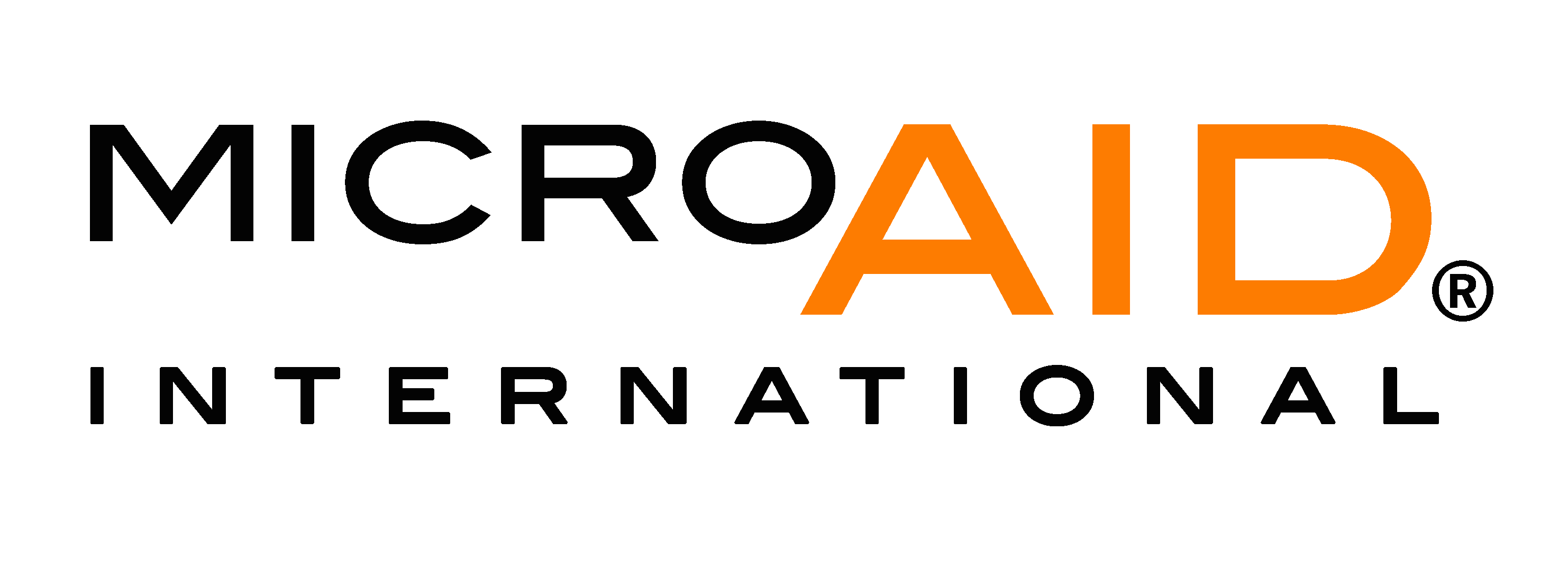Nepal House Project
- Jon Ross
- Jun 2, 2016
- 3 min read
Here in Nepal, the house for our beneficiary family is coming along slowly but surely. After series of delays, we are finally making good progress.


We are building to very high international seismic standards, per the post-earthquake Nepal Building Code. We had to submit engineered plans for the permit and are being inspected for our steel reinforcements and column concrete. The brick walls are “double run”—9 inches thick— and there are reinforced concrete tie-bands at the sill level and lintel level, which are connected to the columns.

We work seven days a week, but because of all the festivals and holidays here in the Newari town of Bhaktapur, there are pauses every couple of weeks for a day or two, or more.

Traditional Newari dress.
Since I’ve been here, I have experienced the Holi Festival, Bisket Jatra, Nepali New Year, Diwali Festival, the Buddha’s birthday, and Mothers Day, which has a much older and more tradition-laden history than our own: it is a national holiday, where most people travel great distances to visit with mom and eat special sweets.

As interesting and exotic as each of these events was they set the project behind a bit.

(women do most of the hardest work. no need for “equality” protests here.)
Even though I didn’t think I needed it at first, because one of the family members spoke passable English, I eventually found a good interpreter with construction experience, who helped relay the need for efficiency, and got the project moving faster. Also, having someone to talk with every day on the site, about work—or even just chitchat in English—was good for my spirits.

Personally, I am healthy, although the pollution here in the Kathmandu Valley is as bad as I’ve seen anywhere in the world, and I wear a mask while walking to and from work every day, as do most of the locals.

(shortcut to work across the rice fields)
Even so, my lungs and sinuses are constantly battling the smog and dust they are forced to deal with.

And there have been many good-sized after-shocks to the earthquake that caused all the problems in the first place—Gorkha 2015. A sometimes scary and sad reminder of why we are here.

(extended family from far and wide have come to see the new home construction)
The main thing, though: the family we are helping will have a safe, dry, and comfortable house for generations to come.

(blessing the front door during construction)

As for Nepal in general, even though there are areas of immense natural beauty and pure, wonderful magic energy, the majority of people are really struggling and unhappy—they have to contend with a corrupt and inefficient government that delivers less than 11 hours of electricity a day, mostly in the middle of the night; while municipal water is turned on only every five days for a few hours, for entire communities.

People’s main goal is to somehow get out of here. The villagers want to move to the cities, and when they do… the city people want to go abroad.

This is due to massive inequities, because of the caste system (which is institutionalized by their constitution), repressed social/sexual communication, arranged marriages, entrenched familial obligations (taking care of their parents is the tip of the iceberg of what kids here are expected to do), massive shortages of every kind (gasoline, cooking fuel, medicine, construction materials, in addition to water and electricity), lives of intense physical hardship and drudgery, lack of opportunities, and just the constant bombardment from media that life is better elsewhere—because it is.

After living here for four months, America does start to seem like a dream. But I feel very lucky to get to experience the world in this way and help some very needy and deserving people live an easier life.

(the always watchful eyes of the deity of your choice: sometimes shiva, sometimes buddha)
Thank you for your part in this important work—we really are making a huge difference in people’s lives, now, and for future generations.

I hope you and your family are healthy, happy, and secure.
Namaste from Nepal,
Jon


















